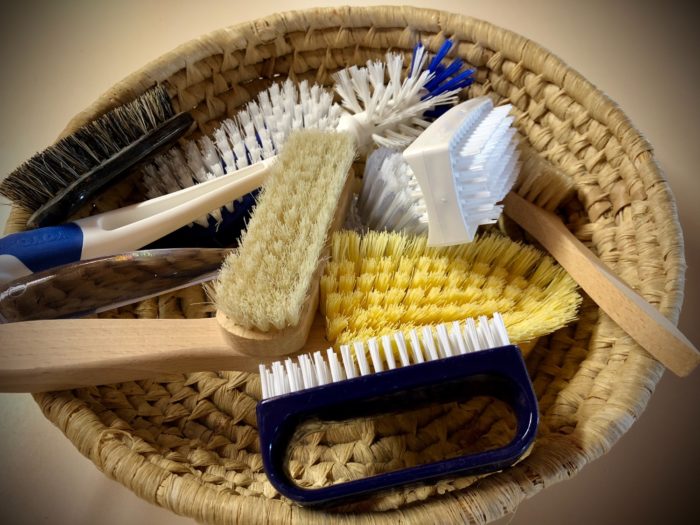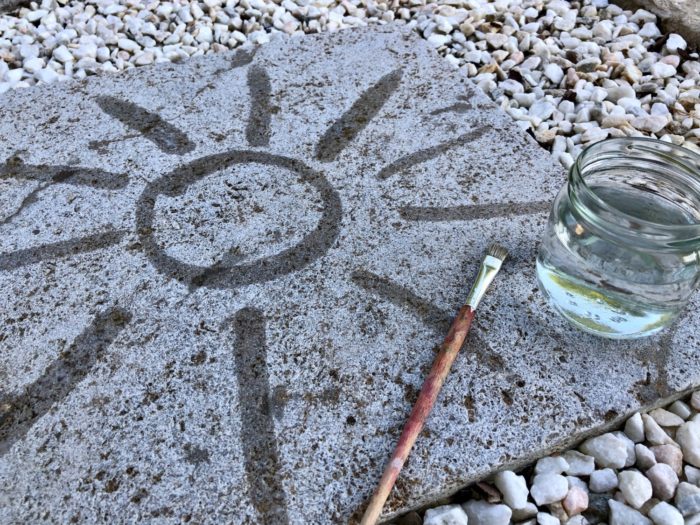Whether a bag, pot or cardboard box, you can feel here. Fill the bag (or the alternatives) with different objects. Use items you have at home. I have some ideas for playing with a bag today.
In addition to the joy of playing, the sense of touch is in demand here.
Media Education for Kindergarten and Hort

Relief in everyday life, targeted promotion of individual children, independent learning and - without any pre-knowledge already usable by the youngest!

For the picture cards you photograph your selected objects, print them out and if you want you can also laminate them.
But you can also just paint it.
These are our items: a bite ring, a toothbrush, a small face, a clothespin, a heart, a bear's head, a stone and a crown cap.
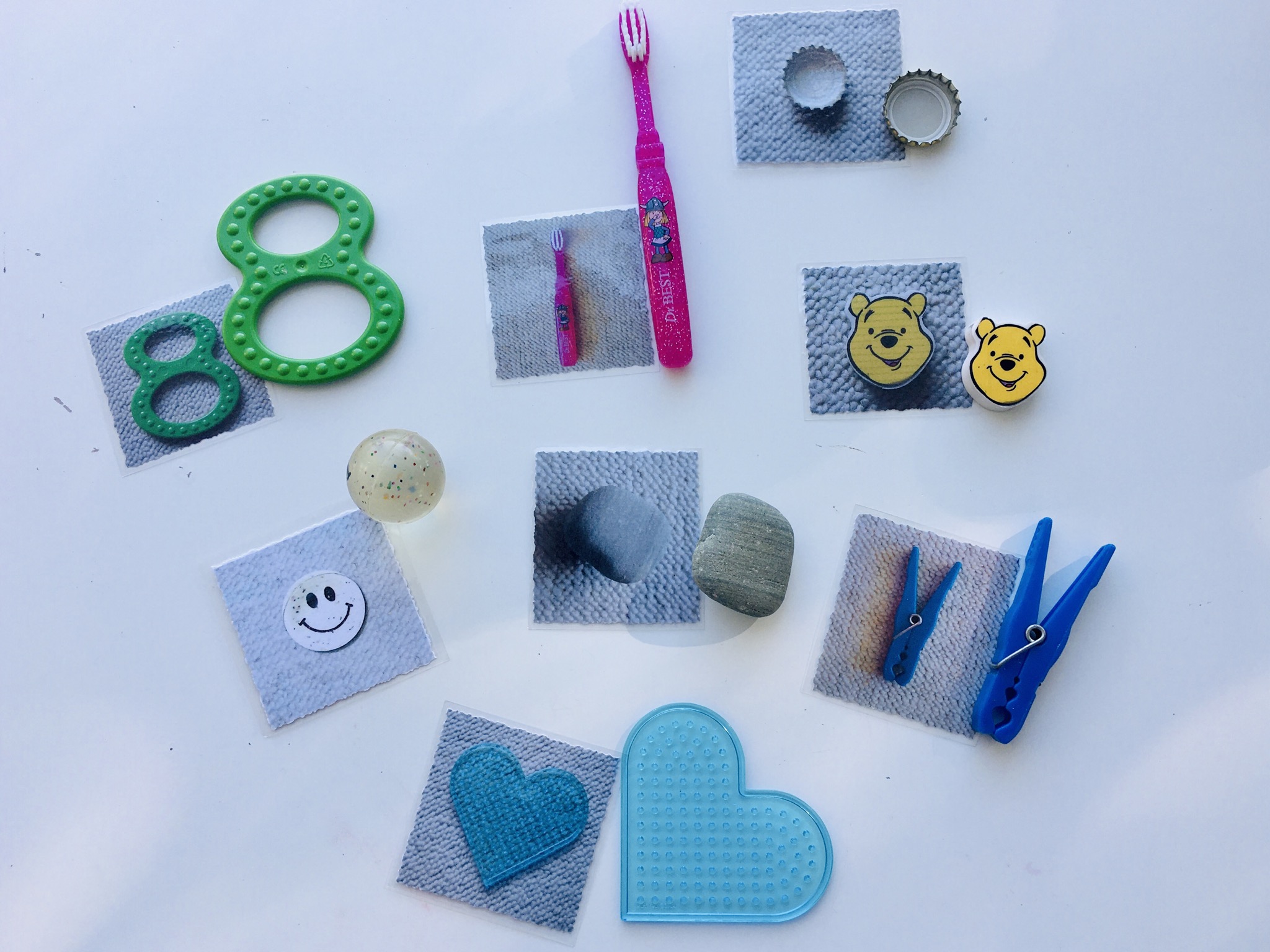
Tip: You don't have a bag?
Then take a pot or bowl, put the items in it and cover them with a dishcloth.
Alternatively, you can also put up a cardboard box, cut a hole for your hand and place it as a visual protection.
Have fun!
Place the cards with the objects hidden on the table. The side with the objects pointing down.
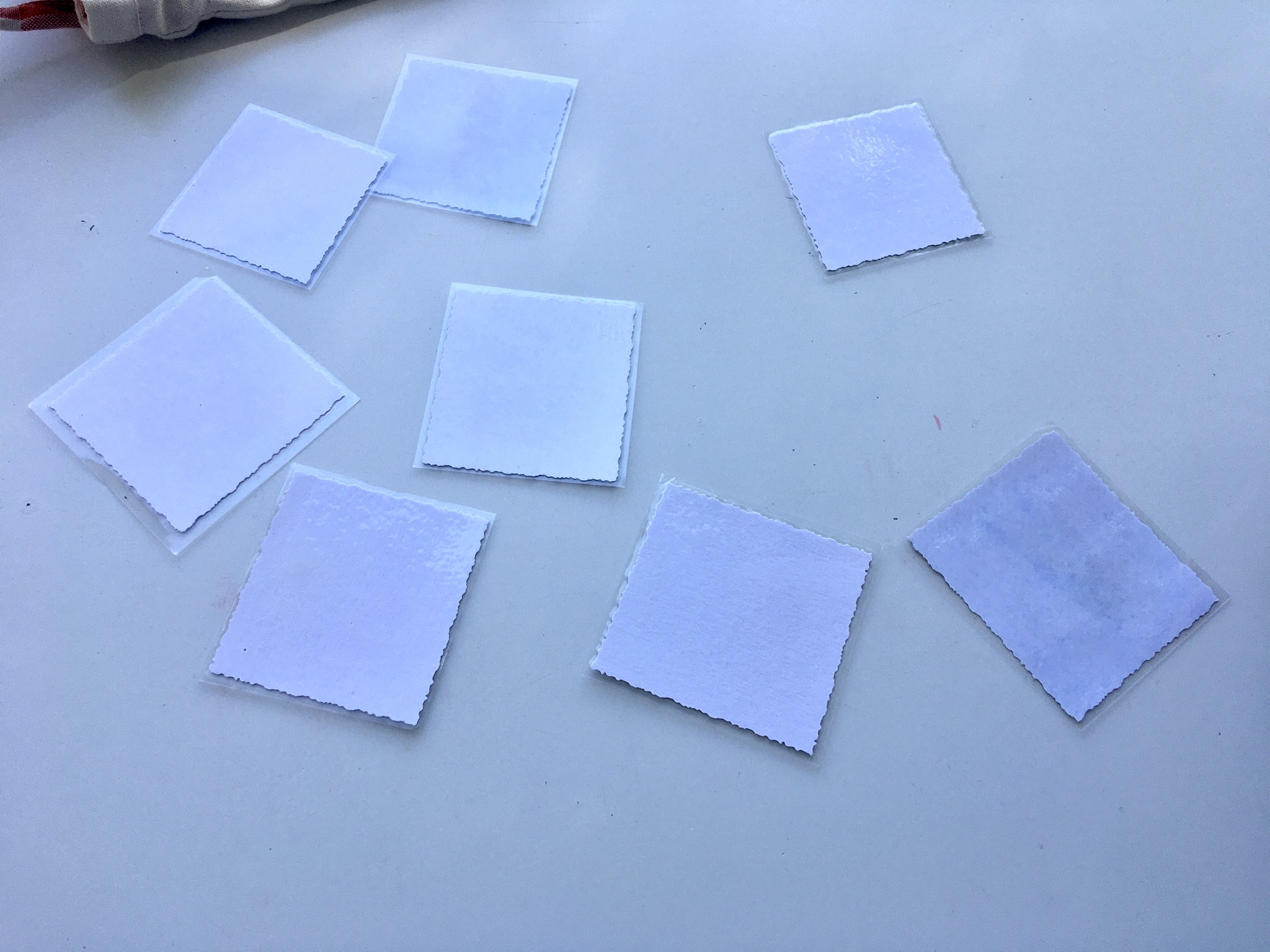


The first child exposes a card.



Now the child is looking for the object of this card in the touchbox. What do you feel? How does it feel? Take the opportunity to talk about what you feel. Is it soft or hard, fluffy or rough, warm or cold, etc. That's how children learn to describe objects by the way.



A touch bag is especially suitable for children who do not want their eyes to be connected. Especially small children often don't like it. Then a touch bag is great, here they can just put their hand in it and feel.
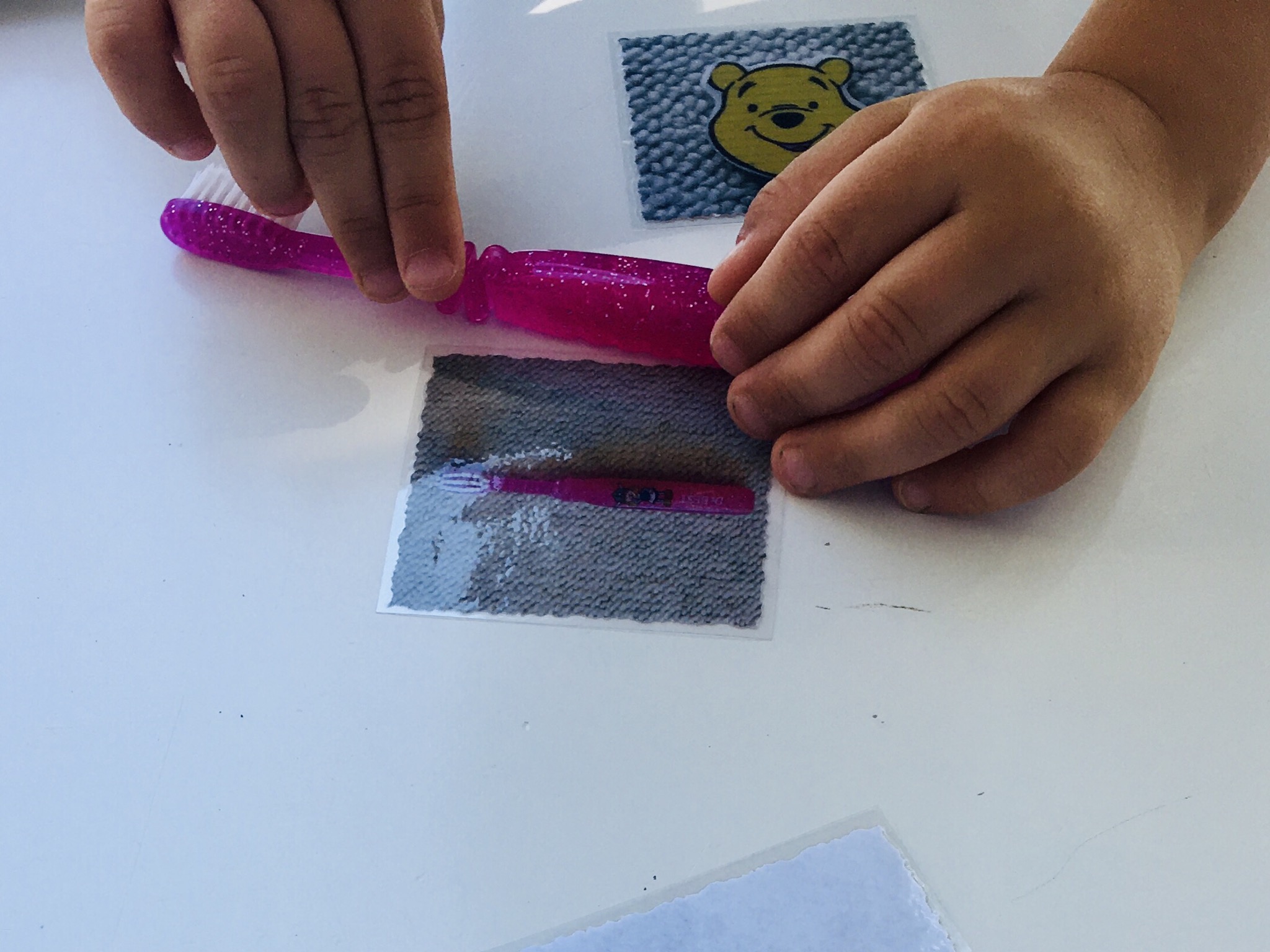


If the child has found the item, it will be shown and placed on the map. Then the next child will be in turn.
We often repeat the game countless times and the children come every now and then with objects that are also suitable for the touch bag and then want to play. Just try it out.
Materials
Directions
For the picture cards you photograph your selected objects, print them out and if you want you can also laminate them.
But you can also just paint it.
These are our items: a bite ring, a toothbrush, a small face, a clothespin, a heart, a bear's head, a stone and a crown cap.



Tip: You don't have a bag?
Then take a pot or bowl, put the items in it and cover them with a dishcloth.
Alternatively, you can also put up a cardboard box, cut a hole for your hand and place it as a visual protection.
Have fun!
Place the cards with the objects hidden on the table. The side with the objects pointing down.



The first child exposes a card.



Now the child is looking for the object of this card in the touchbox. What do you feel? How does it feel? Take the opportunity to talk about what you feel. Is it soft or hard, fluffy or rough, warm or cold, etc. That's how children learn to describe objects by the way.



A touch bag is especially suitable for children who do not want their eyes to be connected. Especially small children often don't like it. Then a touch bag is great, here they can just put their hand in it and feel.



If the child has found the item, it will be shown and placed on the map. Then the next child will be in turn.
We often repeat the game countless times and the children come every now and then with objects that are also suitable for the touch bag and then want to play. Just try it out.
Follow us on Facebook , Instagram and Pinterest
Don't miss any more adventures: Our bottle mail





